Beginner's Guide to Bringing Home a New Puppy
Puppy-Proofing Essentials
Bringing home a tiny, energetic ball of fur requires transforming your living space into a sanctuary free from hazards. Curious puppies explore the world with their mouths, so securing loose wires, toxic plants, and small objects is non-negotiable. Start by crawling on your hands and knees to spot dangers at puppy-eye level. That forgotten paperclip under the couch or dangling blind cords suddenly become urgent priorities. Pet-proofing extends beyond physical items - ensure all household members understand the new safety protocols.
Creating a Designated Safe Space
Dogs are den animals by nature, and providing a personal retreat significantly reduces their stress during transition. The ideal setup combines a crate for sleeping with a playpen for daytime activities, creating distinct zones for rest and play. Line the area with unwashed t-shirts carrying your scent - this simple trick works wonders for separation anxiety. Remember to rotate toys weekly to maintain novelty without overwhelming your pup with choices.
Essential Supplies Checklist
Smart preparation separates chaotic first days from smooth transitions. Beyond the obvious food bowls and leash, invest in:- Enzyme cleaner for inevitable accidents- Puzzle feeders to stimulate mental development- Multiple chew toys in varying textures- Baby gates for controlled accessPro tip: Buy two of each essential item - one for regular use and a backup for cleaning rotations. This prevents rushed store trips when your pup destroys their only bed.
Toilet Training Basics
Successful housebreaking relies on biological timing and positive reinforcement. Puppies typically need to eliminate:- 5-10 minutes after waking- 15-20 minutes after eating- After intense play sessionsKeep a detailed log for the first two weeks to identify your pup's natural rhythm. Celebrate successes with high-value treats immediately after they finish business outside - timing is crucial for creating clear associations.
Safety Measures for Your Home
Beyond obvious hazards, consider these often-overlooked dangers:- Toilet bowl cleaners (install childproof lids)- Heavy objects on unstable surfaces- Heating/cooling vents (puppies can get paws stuck)- Certain houseplants (check the ASPCA toxic plant list)Conduct weekly safety audits as your puppy grows and gains new abilities - today's unreachable shelf becomes tomorrow's chewing target.
Building a Positive Association with Vet Visits
Turn necessary vet trips into positive experiences with these strategies:- Make practice visits just for treats and pets- Bring familiar blankets and toys- Schedule appointments during quieter hoursAsk staff to give treats before any uncomfortable procedures - this creates positive anticipation rather than fear. Many clinics now offer happy visits specifically for socialization.
Introducing Your Puppy to the Family
Controlled introductions prevent overwhelming your pup. Implement these guidelines:- One new person at a time- Initial meetings on neutral ground- Children sit calmly and let puppy approachWatch for subtle stress signals like lip-licking or yawning - these indicate when your pup needs a break. Remember, quality early interactions shape lifelong relationships.
Essential Supplies for Your New Puppy's Arrival
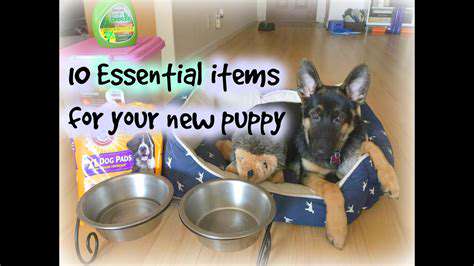
Essential Bedding
Sleep solutions should accommodate rapid growth phases. Opt for modular bedding systems with washable, waterproof components - puppies have frequent accidents and may chew their beds. Elevated cots improve airflow in warm climates, while orthopedic options benefit large breeds. Always have multiple bedding sets for rotation during cleaning.
Food and Water
Nutritional needs change dramatically during puppyhood. Stainless steel bowls with rubber bases prevent spills and bacterial growth. Consider these feeding essentials:- Measuring cup for precise portions- Slow feeder for gulpers- Travel water bottle for outingsConsult your vet about transitioning foods gradually to avoid digestive upset when changing formulas.
Essential Hygiene and Health
Build your puppy first-aid kit with vet-approved items:- Digital thermometer- Styptic powder for nail mishaps- Saline eye wash- Emergency vet contactsGrooming tools should match coat type - slicker brushes for long hair, rubber curry combs for short coats. Start handling paws and ears daily to prepare for future grooming.
Scalp sensitivity often relates to tension patterns. Puppy owners frequently develop tension headaches from stress - remember to practice self-care during this demanding but rewarding period.
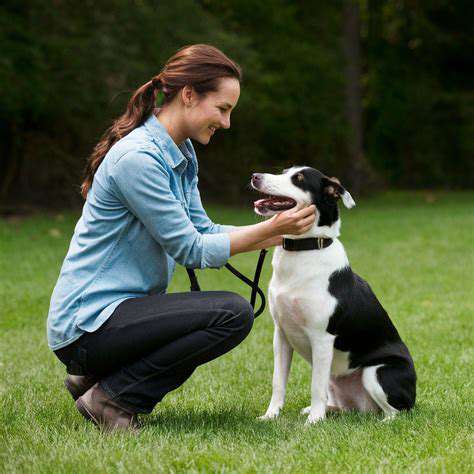
Read more about Beginner's Guide to Bringing Home a New Puppy
Hot Recommendations
- Review: [Specific Brand] Small Animal Cage
- Why Rescuing Pets Saves Lives
- Best Pet First Aid Kits [What to Include]
- How to Help Stray Animals in Your Community
- Guide to Adopting a Pet When You Have Kids
- Top Reptile Heat Lamps
- Heartwarming Rescue Stories That Will Inspire You
- Review: [Specific Brand] Bird Cage
- Best Aquarium Filters [2025 Review]
- Review: [Specific Brand] Smart Litter Box

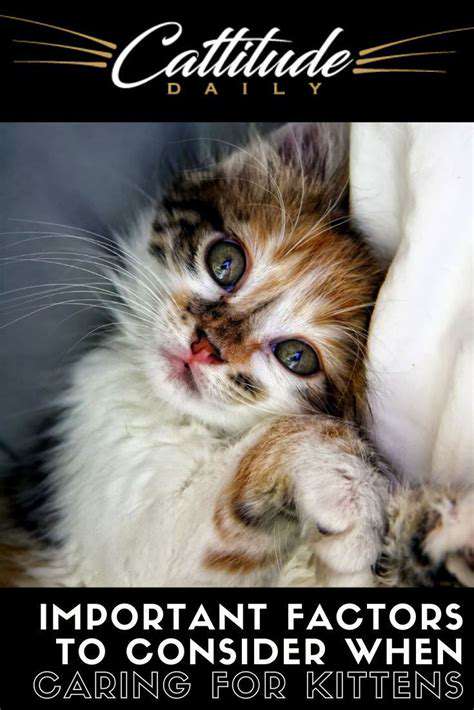
![Review: [Specific Brand] Smart Pet Door](/static/images/33/2025-05/EaseofInstallationandSetup.jpg)
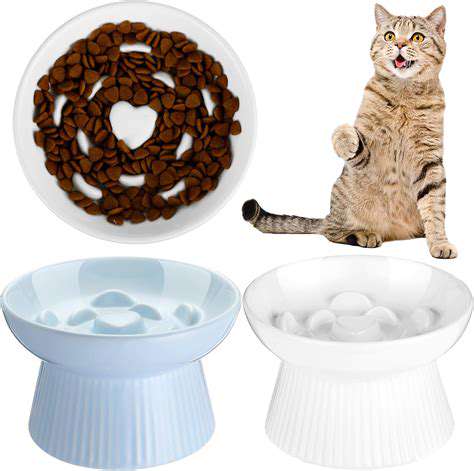



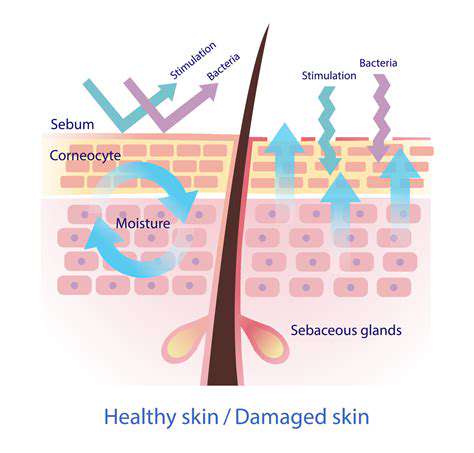

![Guide to Caring for [Specific Cat Breed, e.g., Maine Coon]](/static/images/33/2025-05/HealthConsiderationsforMaineCoonCats3AAProactiveApproach.jpg)

![My Pet's Favorite Toys and How They Play [Story]](/static/images/33/2025-05/BeyondtheToy3ATheRoleofPlayinaDog27sLife.jpg)